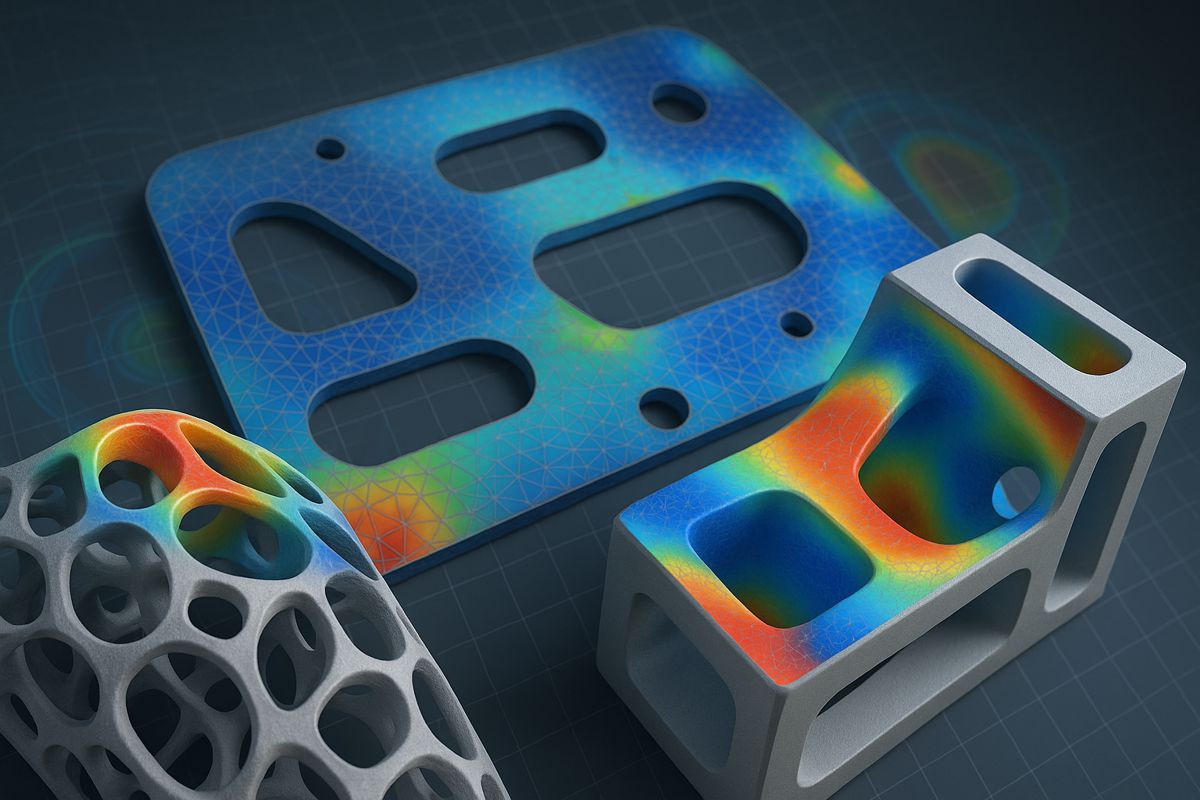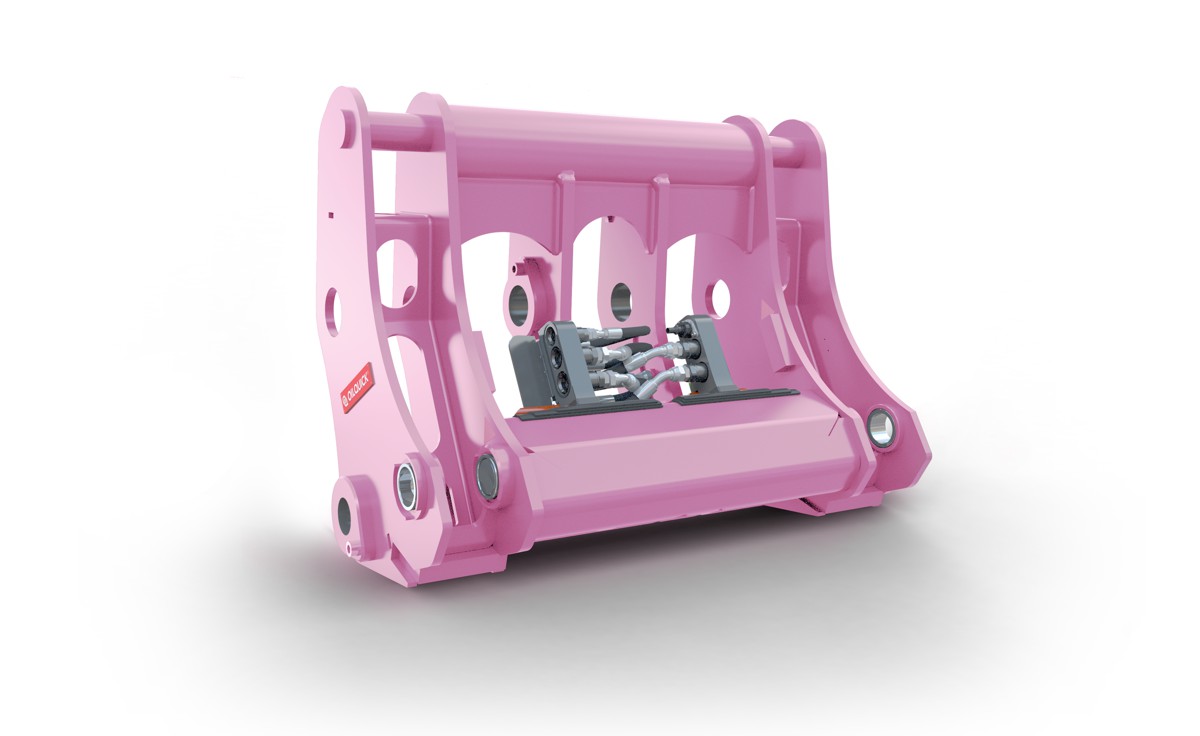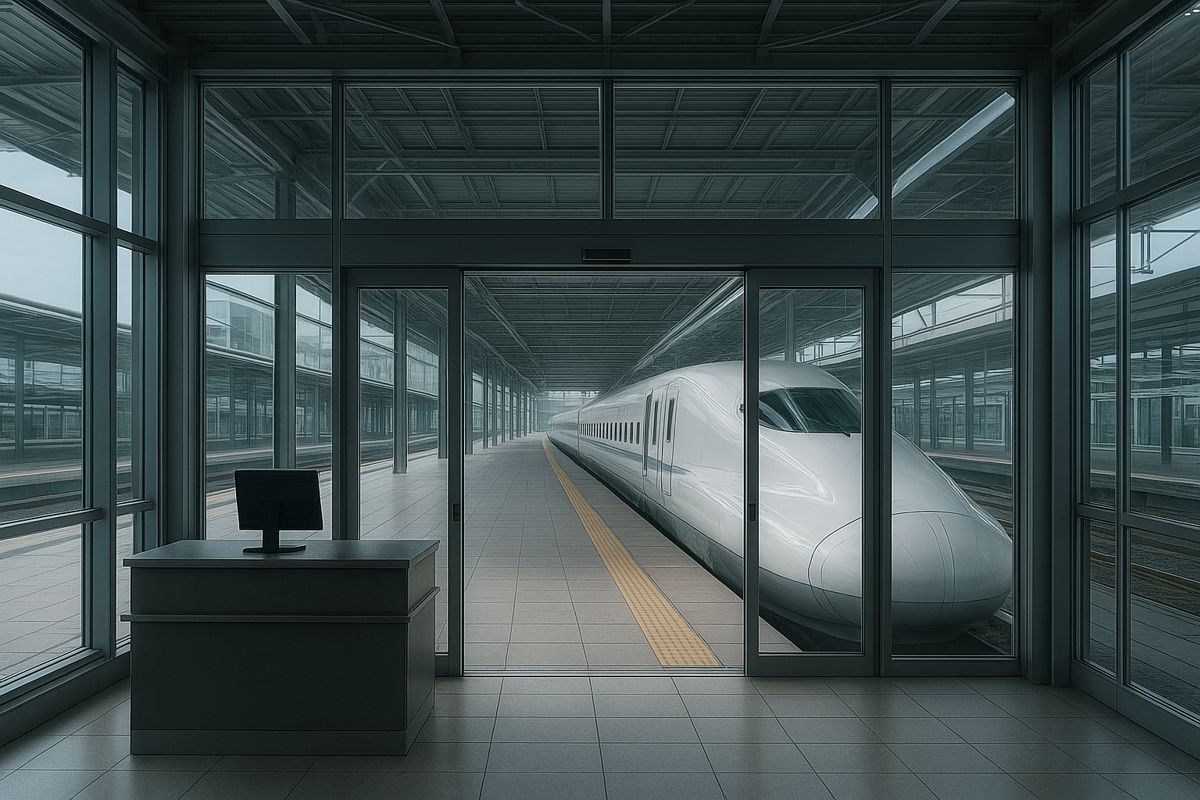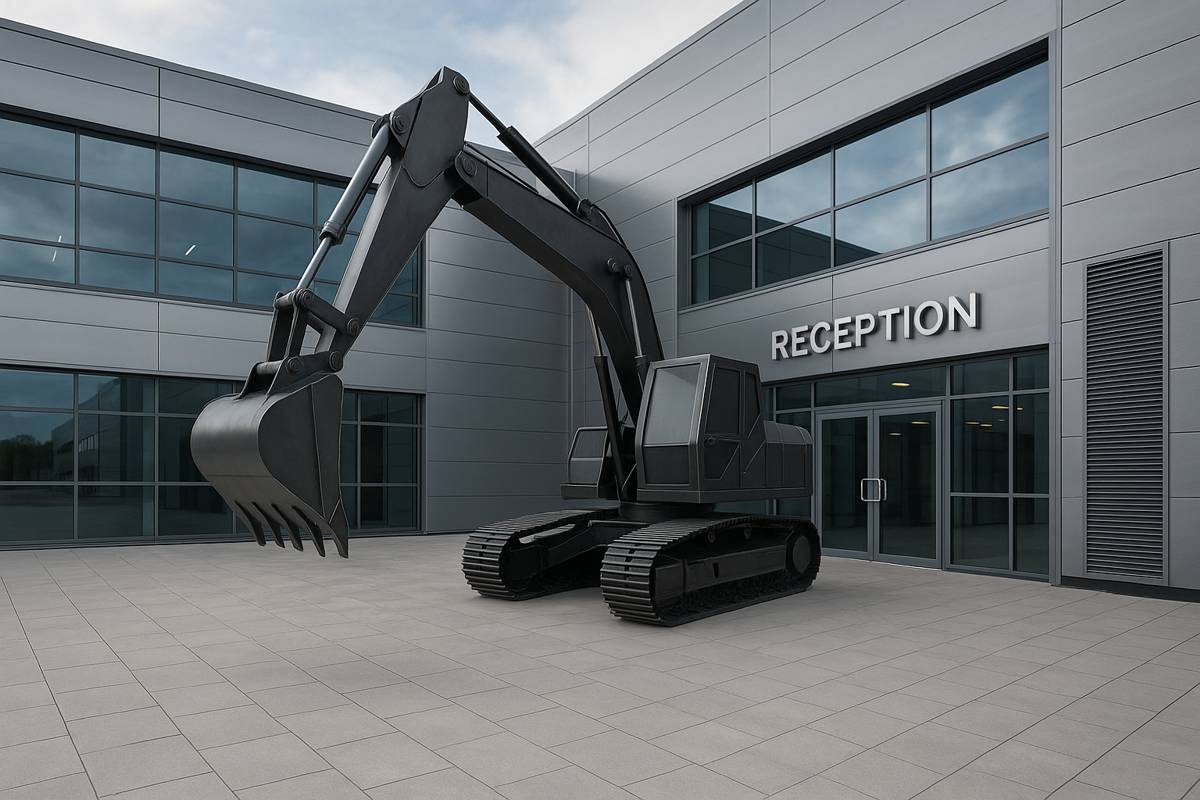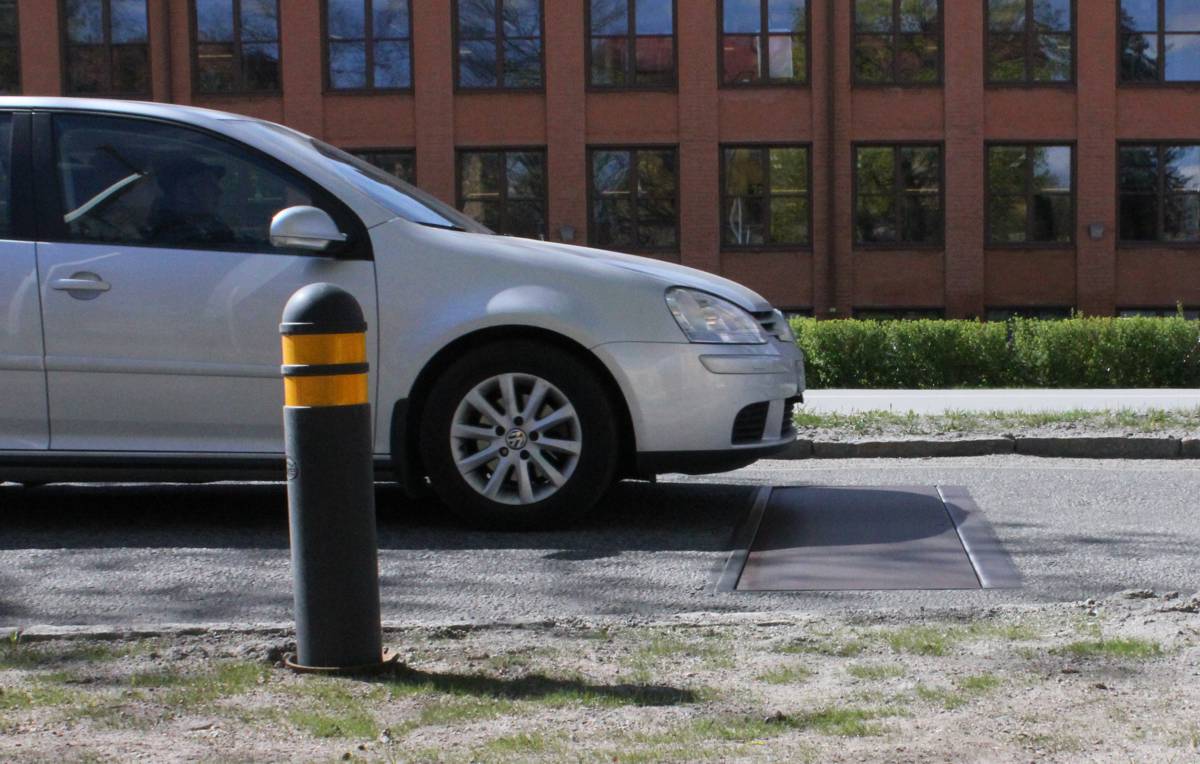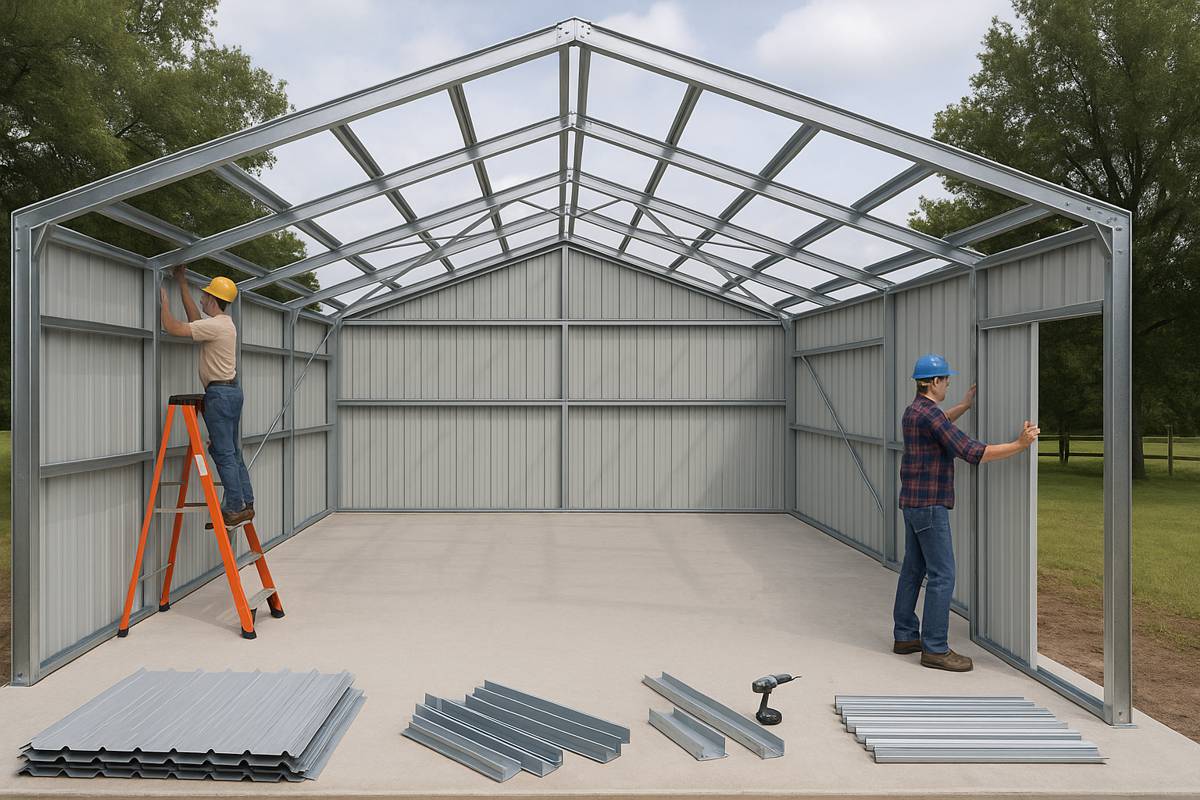Meet Krister Lindstedt, the architect behind the new city of Kiruna
Where do you start when the task is to move and design an entire city? Krister Lindstedt, lead architect for the new Kiruna, tells Spirit how people, not buildings, were put in the very heart of the design process.
Anyone who’s ever moved knows the agony that comes with it – from the exhausting practicalities of packing and unpacking to the psychological challenges of saying goodbye to the old and coming to terms with the new. Imagine, then, an entire city going through that process at the same time, and you start understanding the magnitude of the move taking place in Kiruna, Sweden’s northernmost city. For White Arkitekter, the project has been in the making since 2013 when it won the international design competition together with Norway’s Ghilardi+Hellsten Arkitekter.
Following their “Kiruna 4-ever” proposal, the new city hall has recently been completed, ground work and pipe-laying are in progress, and in 2018, the move will take a big leap forward when several buildings will be demolished, moved and built.
What makes this project so special?
It’s special because it affects the whole town, and because we deal with the very people who are being affected. We know who they are. In many other projects, there will be newcomers we don’t know. For the people of Kiruna it’s also very special because it affects the very heart of their city, where their everyday life takes place. That’s what also makes it unique in an international context.
How did you involve the residents of Kiruna in the design process?
We started the whole process by asking who the people of Kiruna are and what they think about the move. We found that they understood the importance of the mine, but they also wanted a town that could grow and become more than merely a mining town. We found a few challenges that we could address in the urban design. One was to create new meeting places and create a more compact town centre. We also found that they were very attached to and identified themselves with the surrounding nature.

And how do the people feel about the move?
Kiruna is very dependent on the mine. It’s their main source of wealth. There are other sources – a rocket launch station and tourists – but still, the mine is very important. People acknowledge this, and that’s why there’s also an understanding for this project. The existing, beautiful view over the mountains and the mine will be lost with the new site, and there’s a sadness for that. But what we can do is bring people closer to nature by bringing in landscapes or green corridors right into the heart of the city. Those are ways that we can take on the challenges of the people of Kiruna into the new, and create something that’s attractive enough so that people will want to come along. Because that’s not obvious. People will be reimbursed, and it’s a free country – they could choose to move elsewhere.
Where do you start with a project of this magnitude?
When you start moving a city, it’s very important to understand that it’s really the move of the community that’s the most difficult part. The social part of it, getting people motivated. What you need is a good vision, based on the current challenges of Kiruna. After that you need to understand the challenge of changing a town’s location. Getting everyone involved in the new town to really understand and believe that this will in fact be the new town. That’s the challenge Kiruna is going through right now. But I do believe the local authorities and the mining company understand that they must take the first steps and offer a town that can give the people services from day one; schools, pre-schools, shops. When those steps are taken, the town will start developing on its own.
How about the practical challenges of moving buildings?
It’s interesting to think that you can also bring good things from the old place to the new one. It can be a way to bring identity from the old into the new, which can trigger memories and identity for the people and make the character of the new town more exciting. Up until now the mining company and the local authorities have agreed on bringing in around 20 buildings, originally to safeguard that the best architecture from the old Kiruna would be brought along. But now, they have found that moving a building will cost about the same as building a new one. This opens up a new market for bringing your own house into the new town.

What kinds of infrastructure challenges are you facing?
First of all, there’s the challenge of creating the low-tech infrastructure; having the streets and cycle lanes in the right places so that they really serve people. Another challenge is to create a completely new network for handling rain water for a town that up until now has been a green area. You have to take into account the typography, as the water needs to flow naturally. Then there is the challenge of actually building it. It’s a massive undertaking to build almost all the infrastructure at once.
How much did the cold climate affect the design?
The climate is a defining factor in Kiruna. These days, we can make much better forecasts to know what we’re building and what kind of environment it will result in. We can, for instance, make wind and day light exposure forecasts to design the town better. We’re moving the town from a site that has a beautiful view, but is also heavily hit by winds. The new location will be a few degrees colder but will feel warmer, as it’s not hit by winds as much. We’ve also designed a street net with straightforward streets which bring you clearly where you want to go, but there’s also a finer web of streets on a more local level, where the streets are more protected from the cold.
Building a new town gives Kiruna a chance to benefit from the latest urban planning solutions. Can you give some examples?
Kiruna has a very good opportunity to become a smart city. That’s being discussed now. It could, for instance, be a way of handling energy by sharing it between buildings and co-use of spaces or transportation. In our proposal, we also have cable cars – that’s not a solution that’s on the table now, but it would definitely be useful here, especially between the mine and the town center.

If you would define your dream vision for the new Kiruna – what would it look like?
I’d look at the most central place, the new town square, and see it crowded with people, kids playing, more experienced people standing and talking about this move, exchanging experiences. People could put on their skis in the city park and go out into the nature, or take their snow mobile or dog sled, and maybe go all the way to the beautiful nature close by.
And what is the worst case scenario – if this doesn’t go as planned?
It would be that people don’t come along. That they wouldn’t want this new town and moved elsewhere. I guess you could imagine a mining company here without the city, like an oil platform, but not even the mining company wants that. Kiruna has been here for over 100 years and it’s a wonderful organism, a home for the people living there. Our challenge is to build the city together with the people, and make it a place they want to live in.












